Offa and the Mercian Wars (23 page)
Read Offa and the Mercian Wars Online
Authors: Chris Peers

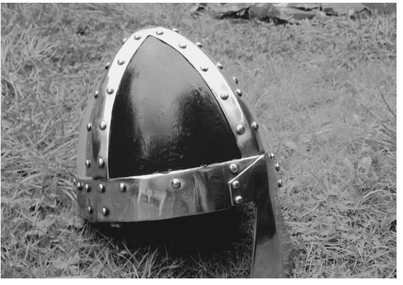
12. A reproduction spangenhelm, a simpler and cheaper type of helmet popular with Frankish and Viking warriors in the ninth and tenth centuries. Although no examples have yet been excavated in England, it is likely that similar helmets were widespread in Mercia during the Viking Wars. (Mercia Sveiter)
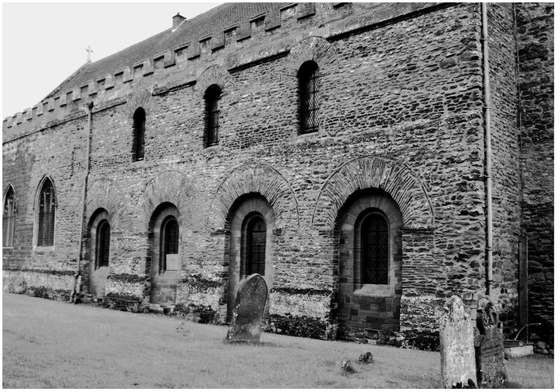
13. The church of All Saints at Brixworth, Northamptonshire. Probably built during the reign of Offa, this is the largest and best-preserved building of the Anglo-Saxon period in England. Stone quarrying and brick making appear to have been lost arts in Offa's day, and the church is constructed mainly from materials plundered from the ruins of Roman Leicester.
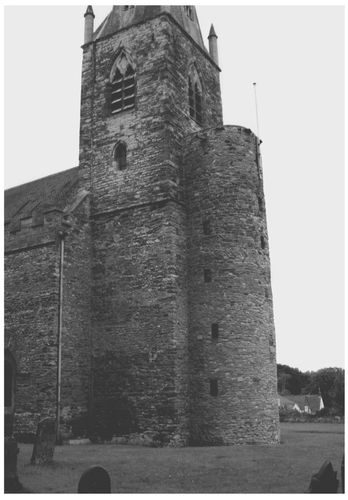
14. The tower at Brixworth. Solidly built and with narrow windows suitable for archers to shoot from, the smaller round tower seems perfectly designed for defence. However, it is not certain that it was constructed at the same time as the original church, and it may have been added in the ninth or tenth century as a response to the Viking threat.
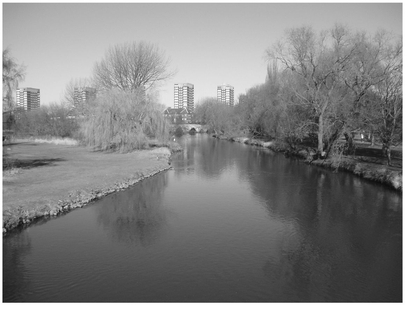
15. The River Tame at Tamworth. Offa's capital was situated at the junction of the rivers Tame and Anker, but we have no evidence that they were important for navigation. Although the modern watercourse seems quite adequate for Viking longships or their English equivalents, it may have been shallower, faster flowing and less reliable in the days before the banks were artificially straightened.
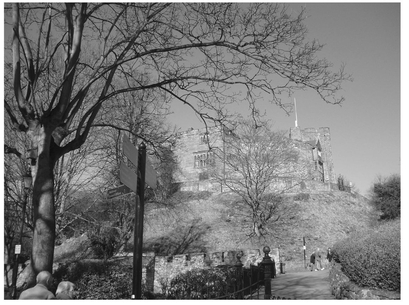
16. Tamworth Castle. Built by the Normans in a strategic location overlooking the confluence of the two rivers, it is possible that it occupies the site where Offa's hall had stood three centuries earlier, explaining why no trace of the latter has been found. Alternatively the lost hall may lie beneath the church of Saint Editha, a short distance to the north.
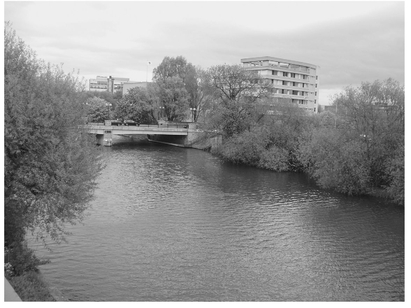
17. The River Ouse at Bedford. Somewhere on this stretch of the river the lost mausoleum of King Offa may still await future archaeologists.
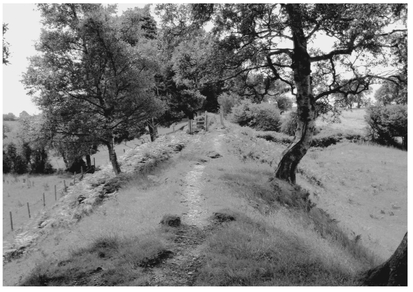
18. In many places parts of the series of earthworks known as Offa's Dyke are still easily visible on the ground. This section is near Craignant, north of Oswestry, on the border between Mercia and the Welsh kingdom of Powys.
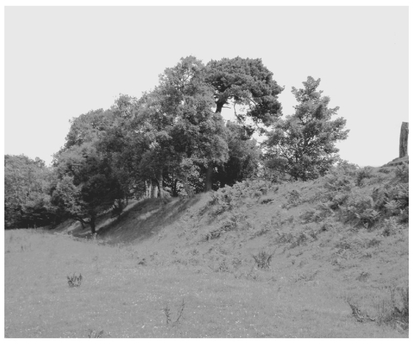
19. In this sector the eastern slope of the dyke is relatively gentle, supporting the theory that its intention was to deter incursions from the west.
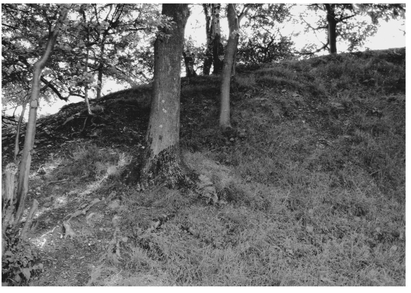
20. The steep approach to the top of Offa's Dyke from the western side, facing the Berwyn Mountains. Though not a serious obstacle to a lightly equipped Welsh raider unless defended by a substantial garrison, it would have been clear of trees when first built and must have been an imposing sight, visible for many miles.
